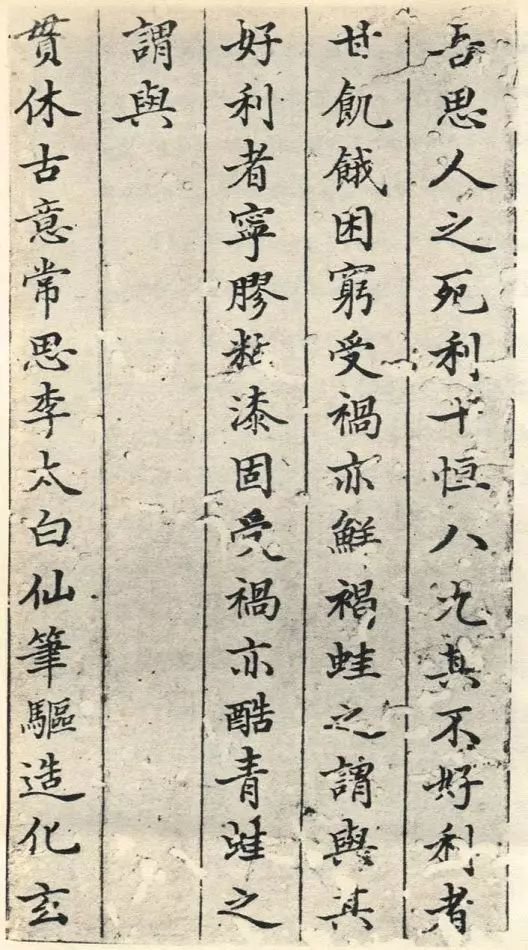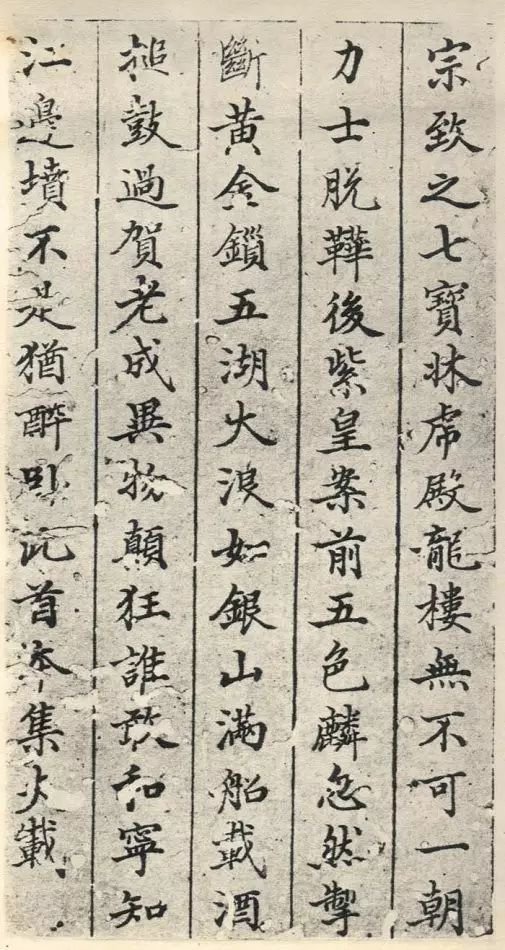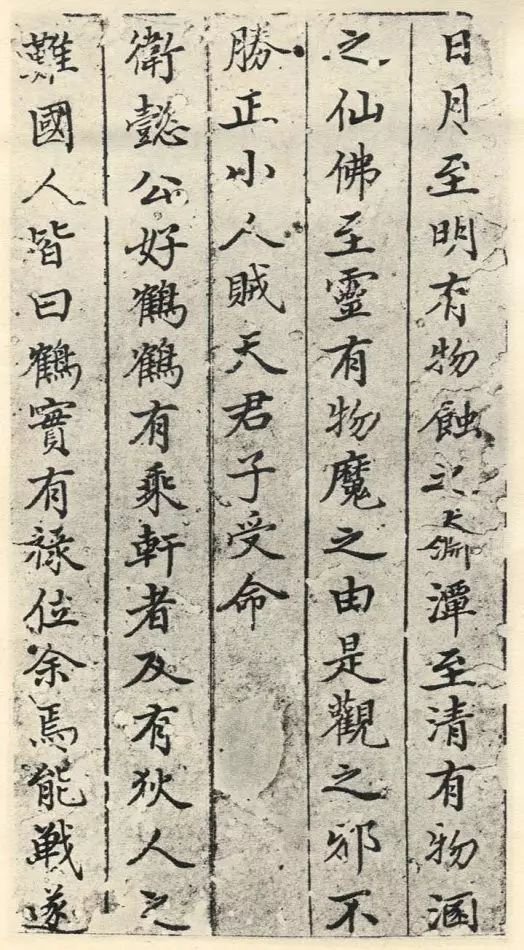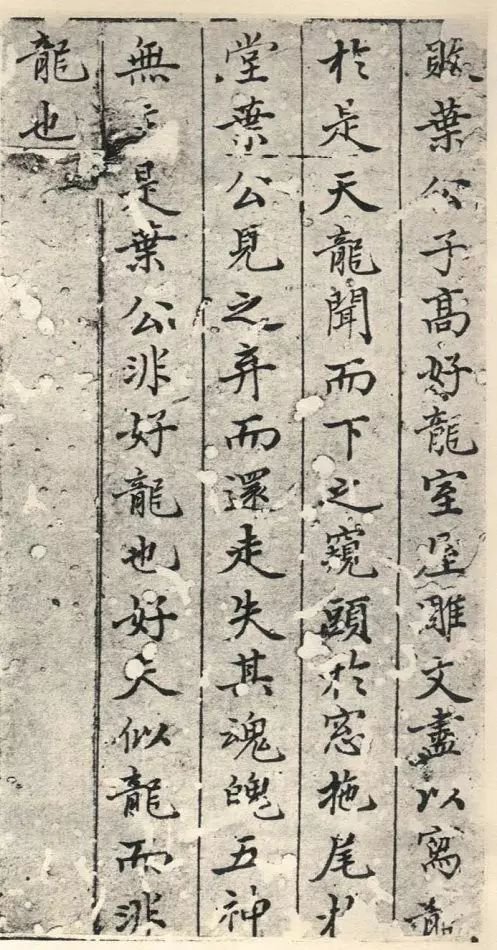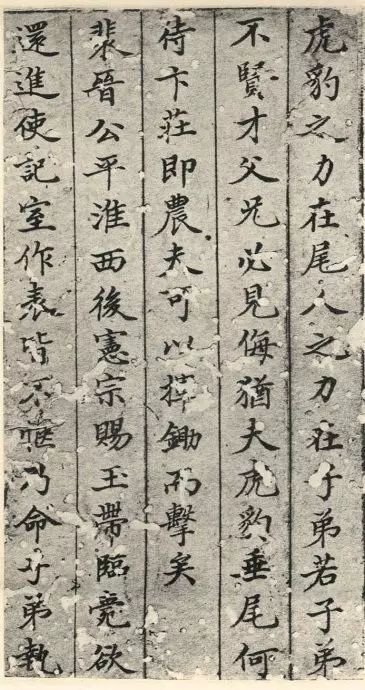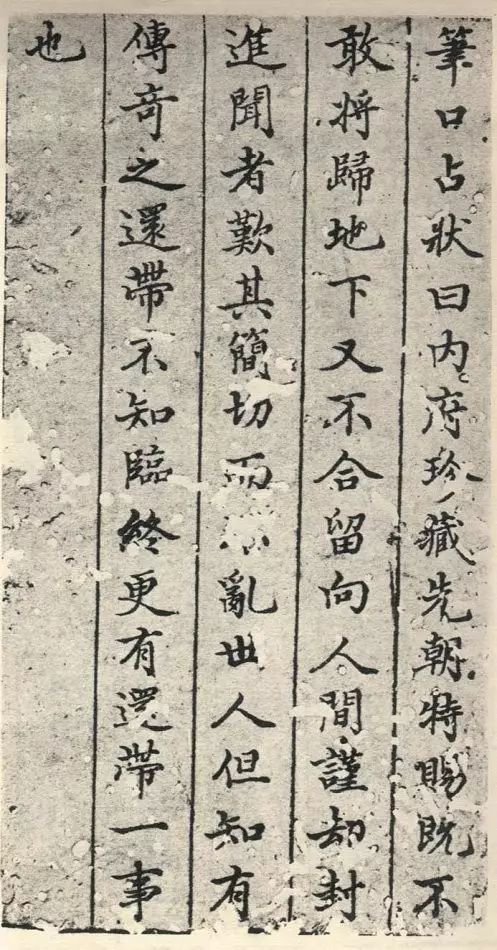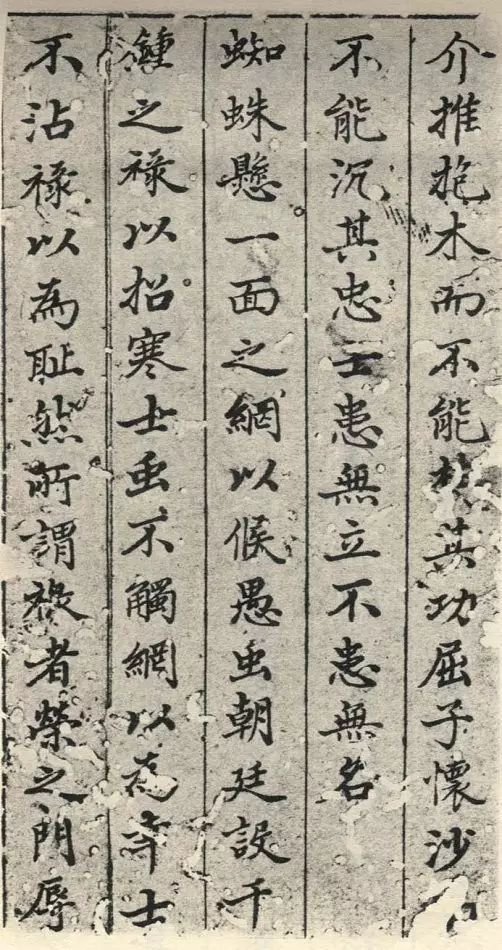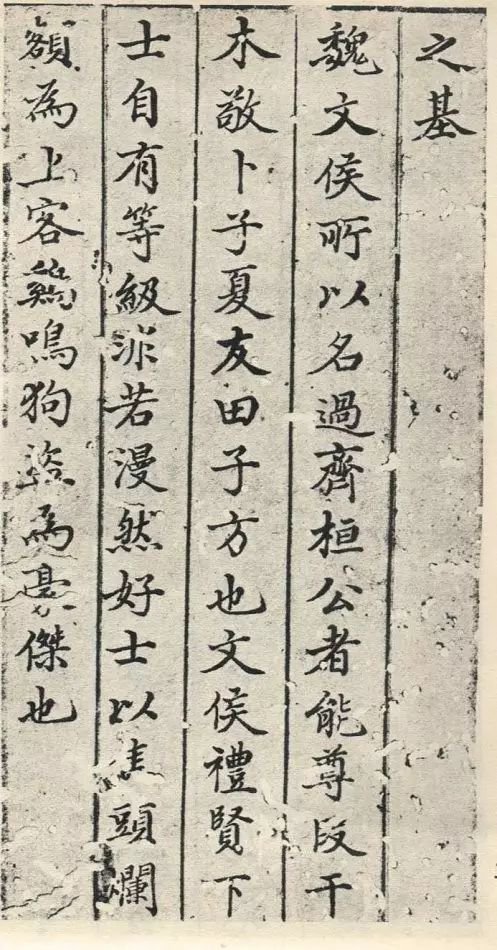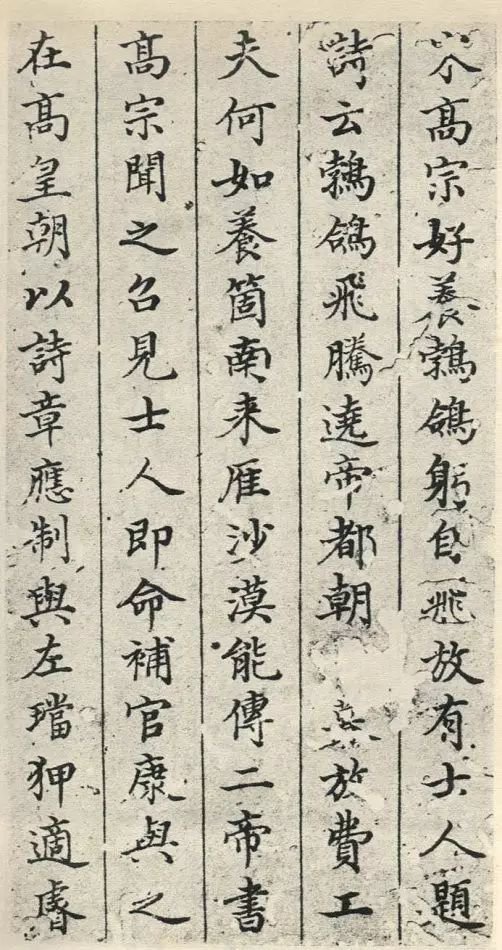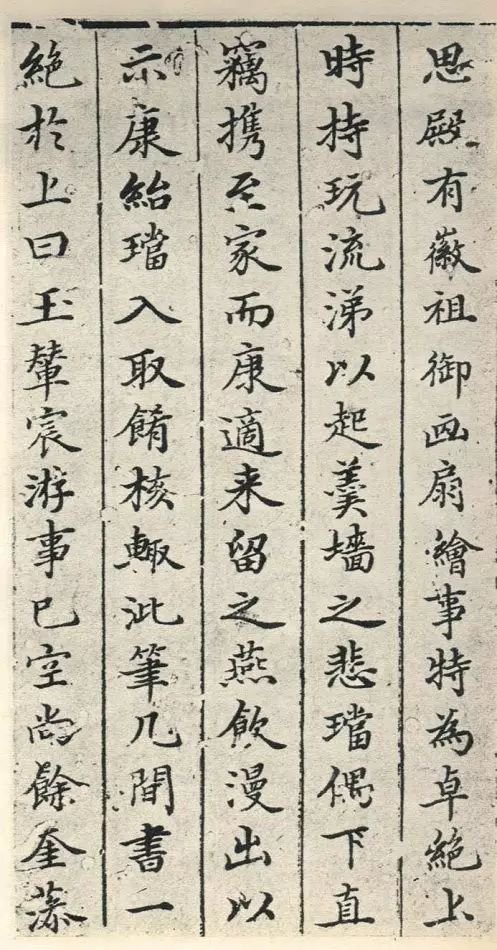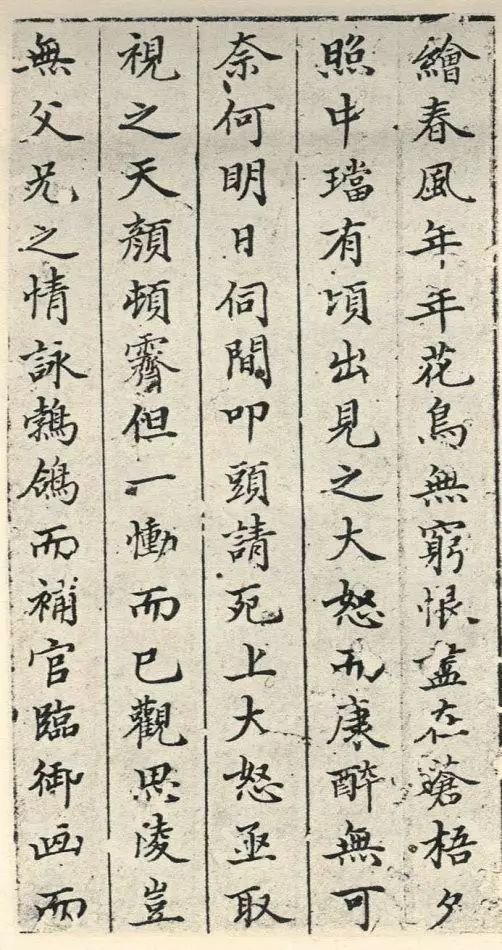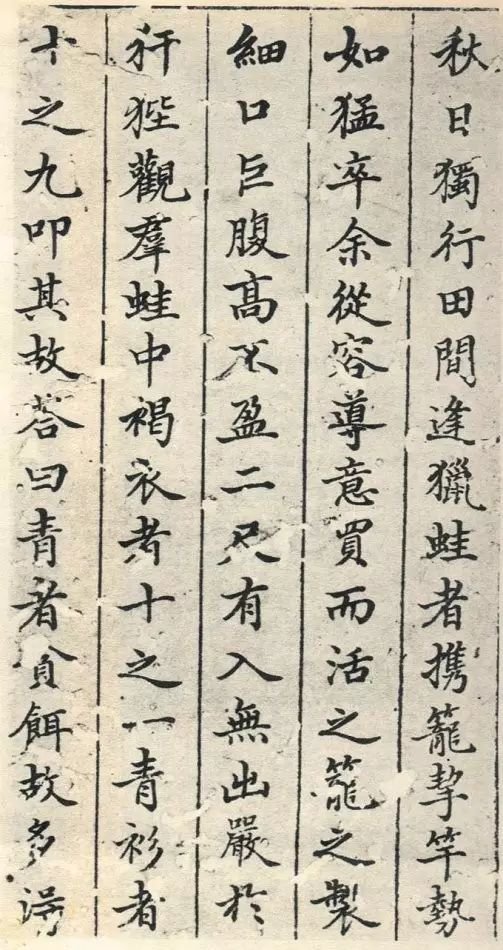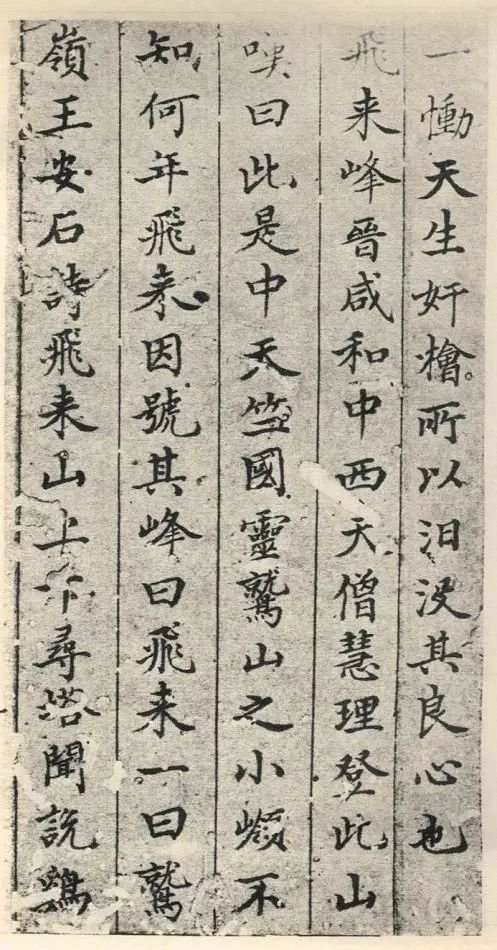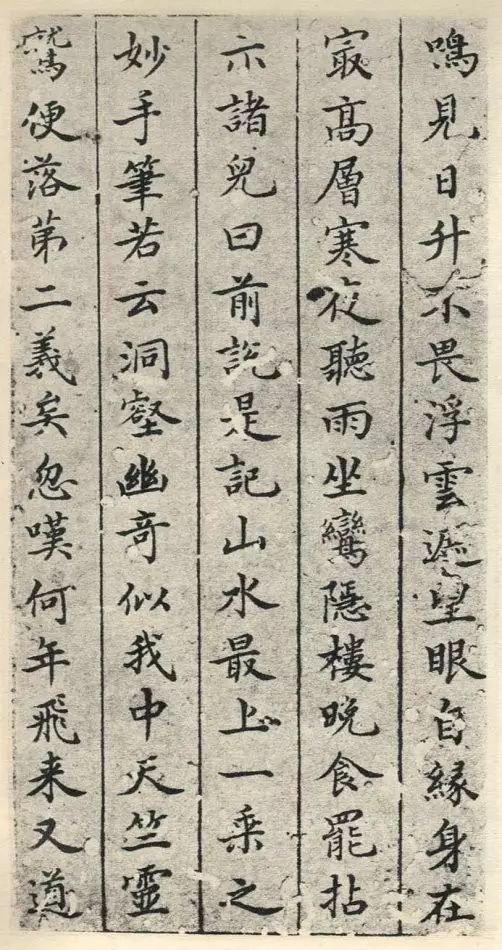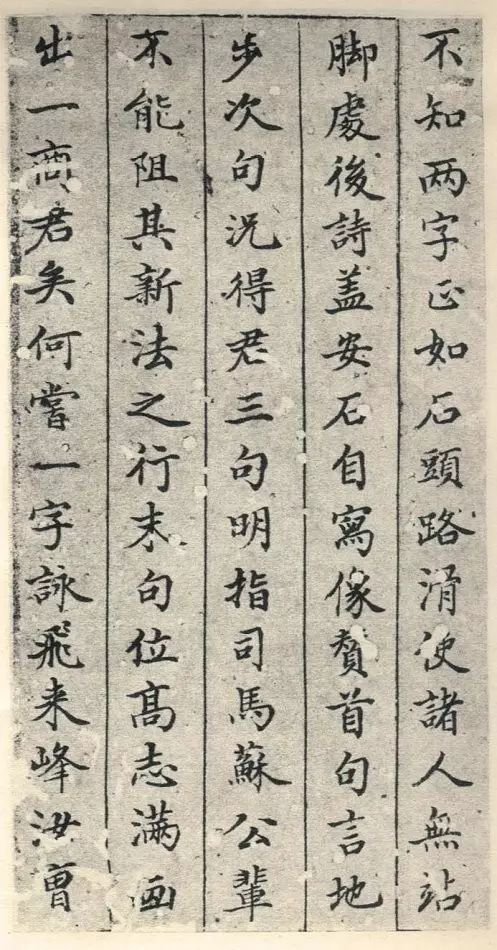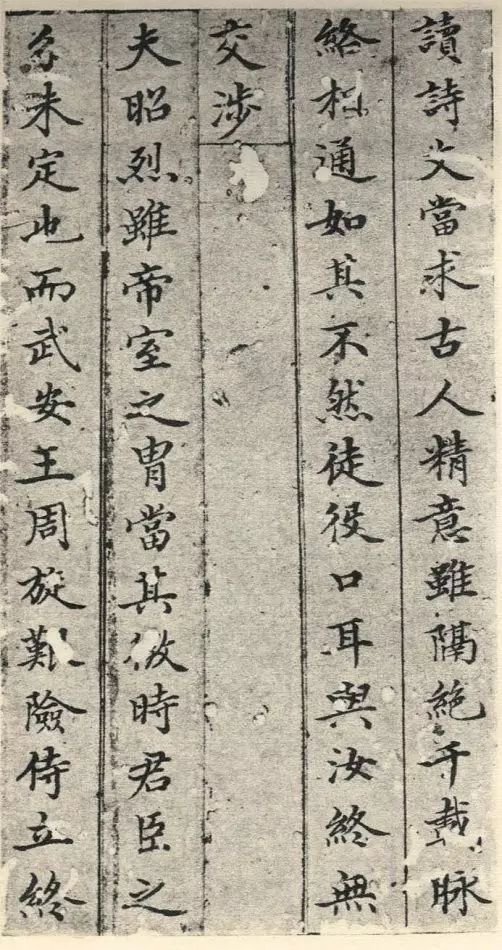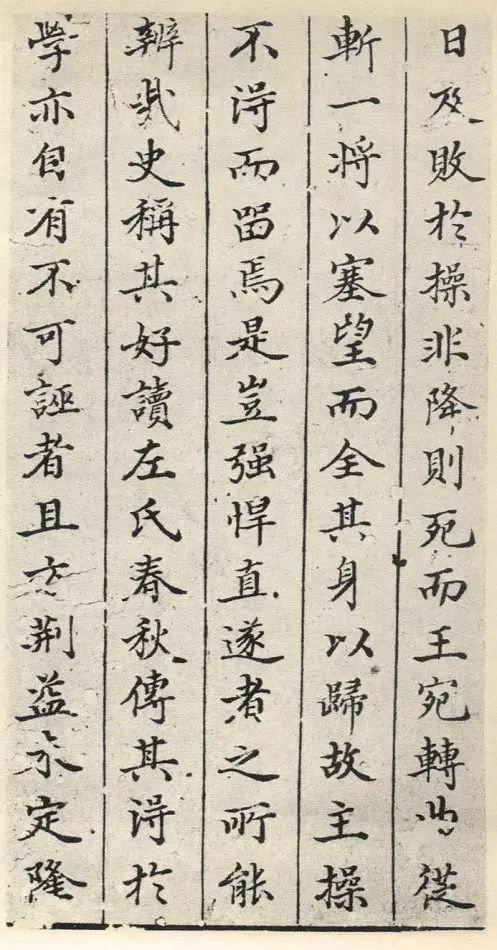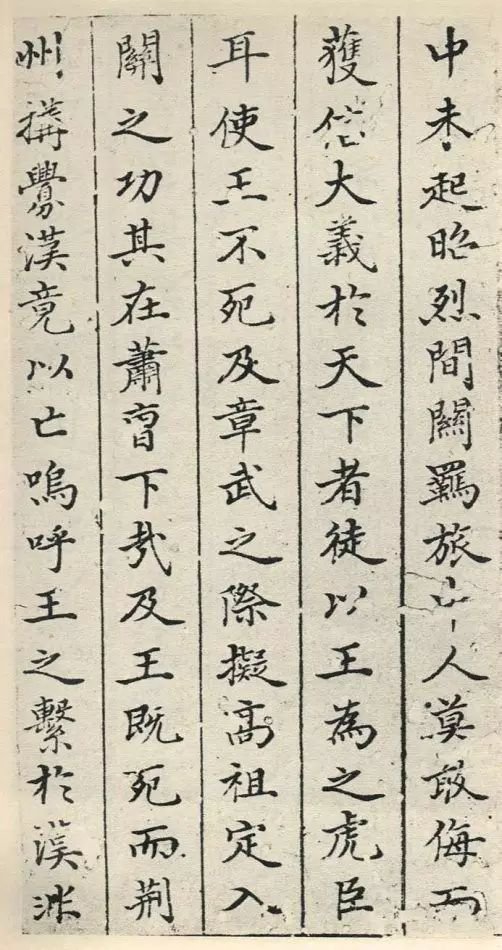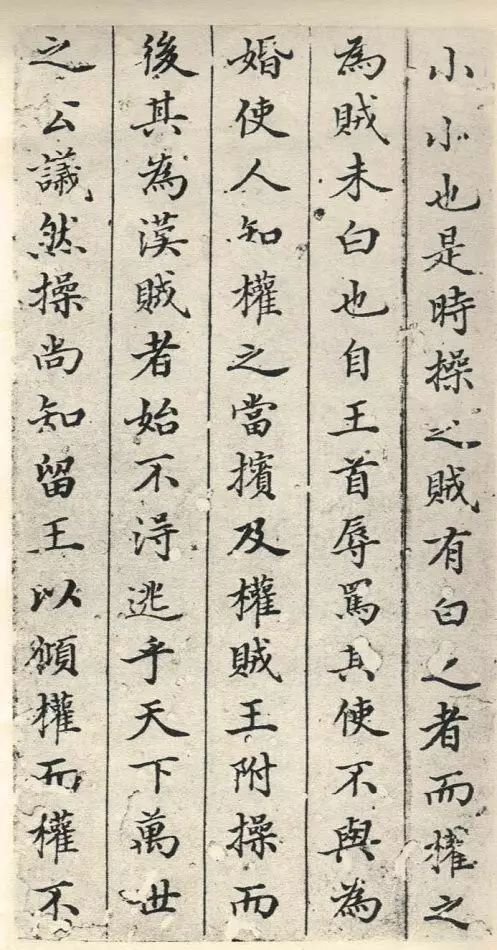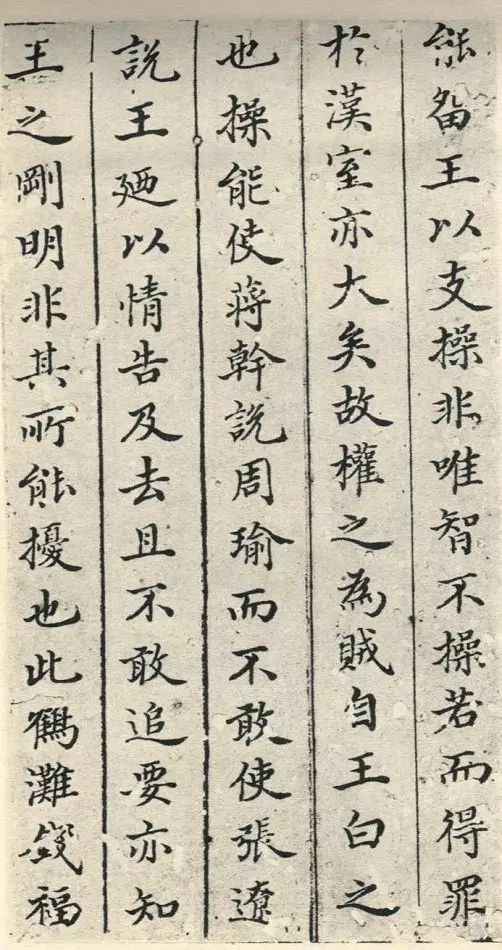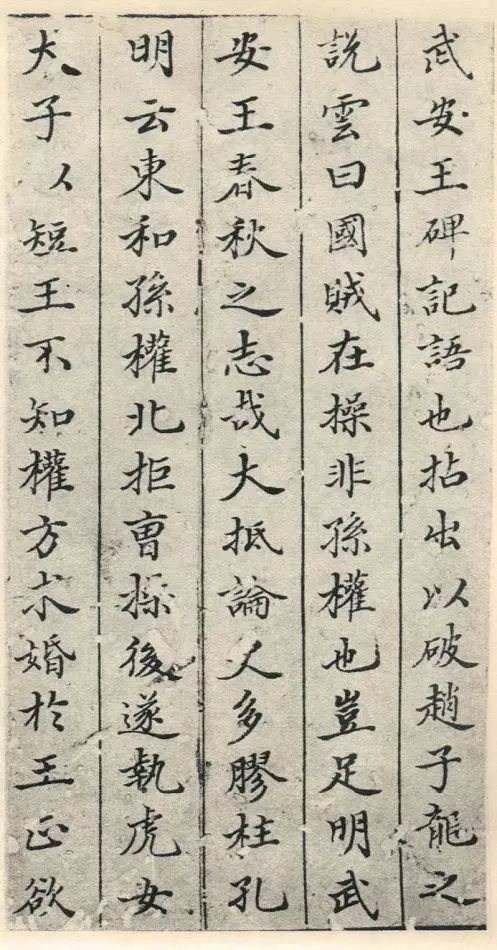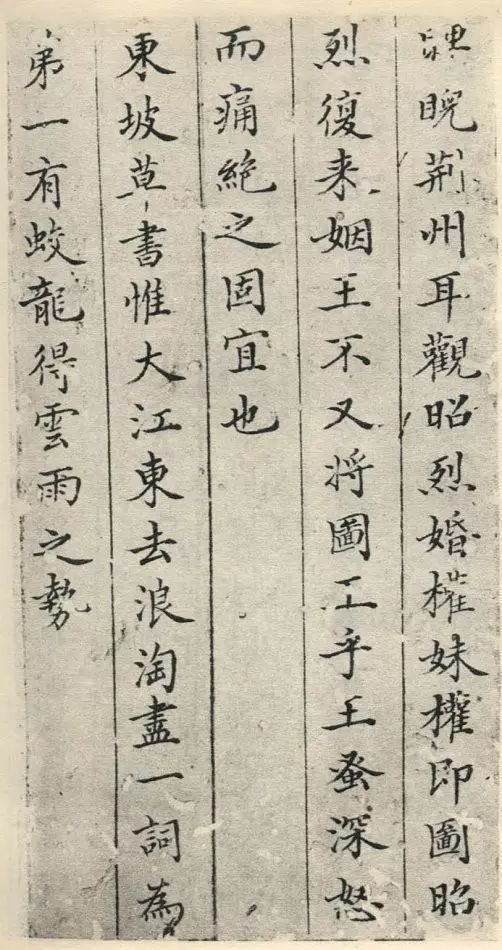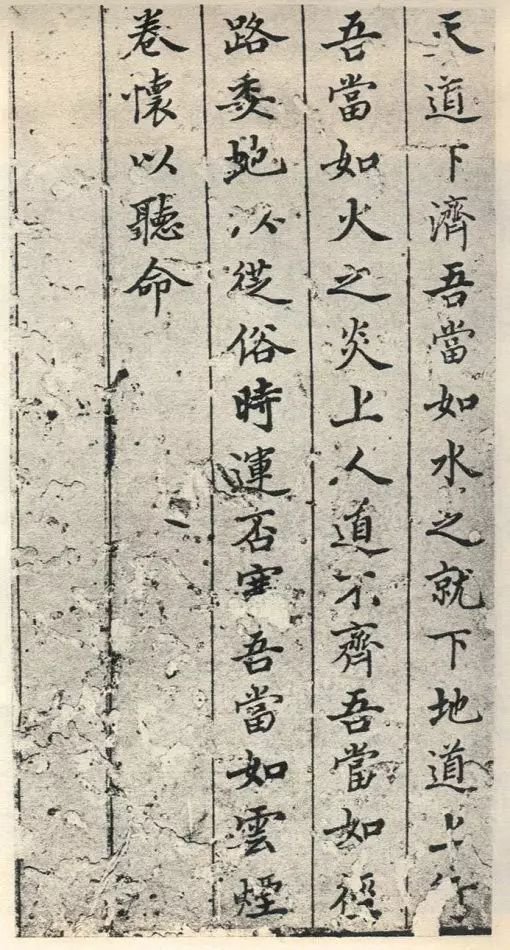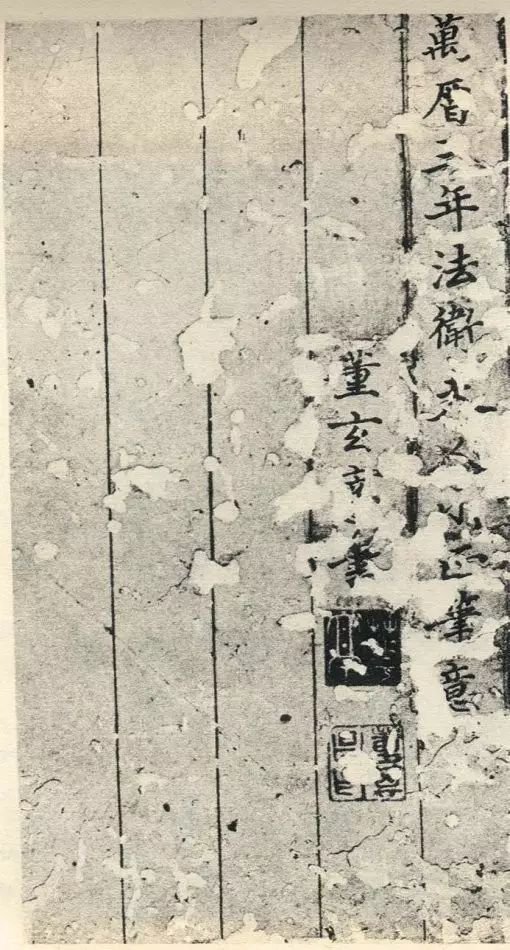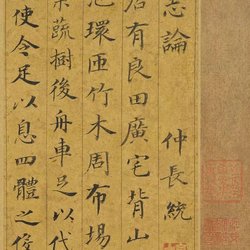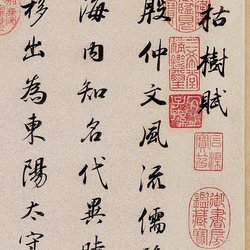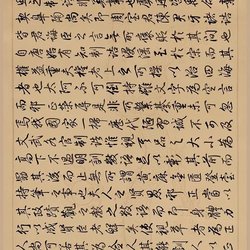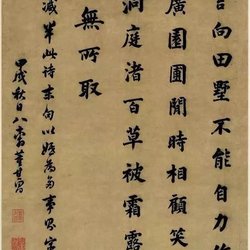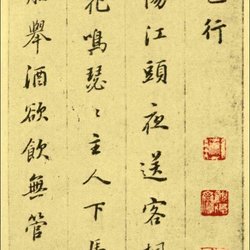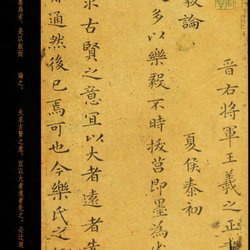Dong Qichang (1555-1636), whose courtesy name was Xuanzai, also known as Sibai, and Xiangguang Jushi, was of Han nationality and a native of Huating (now Maqiao Town, Minhang District, Shanghai). The main representative of the "Huating School". In the 16th year of Wanli in the Ming Dynasty (1588), he became a Jinshi and became the Minister of Rites. He died with the posthumous title Wenmin.
Dong Qichang's calligraphy has been praised by praisers. Wang Wenzhi, a famous scholar and calligrapher in the Qing Dynasty, called Dong Qichang's calligraphy "a divine product of calligraphy" in his "On Calligraphy Quatrains". Xie Zhao called it "a touch of cooperation that is often unprecedented."
Scholars of Zhou Dynasty said that he has "six body and eight methods, which are not perfect in everything. They are beyond Su and into rice, but they are rich and graceful, and they are as if they are immortals." But there are also many critics of Dong Qichang, with Bao Shichen and Kang Youwei being the most fierce.
Kang Youwei said sarcastically in "Guang Yi Zhou Shuang Ji": "Although Xiang Guang (Dong Qichang) is famous, he is like a Taoist priest who has no food, and his demeanor is frugal. If you encounter a general who has organized an army with great force, built high barriers, and whose flags have changed color, you will definitely be restrained. Dare to go down the mountain!"
Dong Qichang has a famous saying: "Jin people's calligraphy is based on rhyme, Tang people's calligraphy is based on method, and Song people's calligraphy is based on meaning." This is the first time in history that a calligraphy theorist has used the three concepts of rhyme, method, and meaning to delineate the calligraphy of the Jin, Tang, and Song dynasties. Aesthetic orientation.
